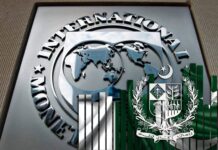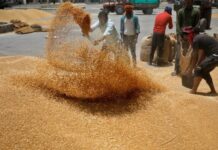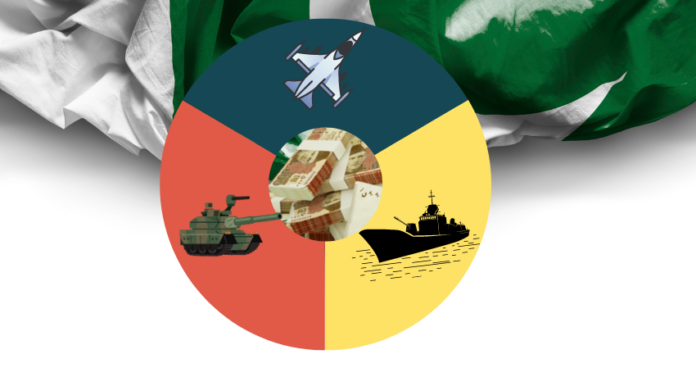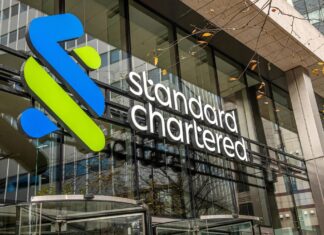The federal government has unveiled a new budget framework amounting to Rs17.5 trillion, proposing a significant 18% increase in the defense budget, raising it to over Rs2.5 trillion for the fiscal year 2025-26, The Express Tribune reported.
This decision comes in response to ongoing tensions with India, following the recent Pahalgam incident. The increase is seen as a necessary step to strengthen national security in the face of the prevailing security threats.
The PPP, a key ally in the National Assembly, expressed support for the defense budget increase, but raised concerns over the proposed allocation for the Public Sector Development Programme (PSDP).
The government has suggested Rs1 trillion for PSDP, but the PPP called for a higher allocation, arguing that the current fiscal year’s actual spending levels should guide the new allocation.
The proposed budget includes a fiscally tight stabilisation plan with a primary surplus target, aimed at meeting obligations under the International Monetary Fund (IMF) program.
The budget size is slightly lower than last year’s Rs18 trillion due to a reduction in interest expenses, thanks to an 11% cut in the policy rate by the central bank.
According to the news report, in response to inflation, the government plans to increase pensions by 7% and salaries by 6%. However, discussions are underway to adjust these figures based on inflation expectations, with the possibility of higher increases. The average inflation rate is expected to remain around 5%.
The proposed Rs14.3 trillion tax target for the next fiscal year has sparked concerns, particularly due to the current economic slowdown and the challenges faced by businesses. The PPP raised doubts about the feasibility of this target, given the negative growth in large-scale manufacturing and a strained business environment.
A key focus of ongoing discussions is providing tax relief to the salaried class, which has been heavily taxed in the previous budget. One proposal under consideration is to introduce income tax on high-end pensioners while providing relief to the marginalized salaried individuals by raising their tax exemption threshold and reducing rates across various slabs.
The current tax-free threshold may be increased from Rs50,000 to Rs83,000, with potential adjustments to existing income tax rates.
In terms of the tax slabs, discussions are focused on reducing tax rates for higher-income groups. For instance, the tax rate on monthly income of Rs333,000 could be reduced from 30% to 27.5%, while other income brackets might also see rate reductions. The government is also considering introducing a new tax slab at a 20% rate, although this proposal may face opposition from the IMF.
As the government prepares for the budget presentation before the Eid holidays, Prime Minister Shehbaz Sharif has appointed a committee, led by Deputy Prime Minister Ishaq Dar, to work on building a consensus between the ruling PML-N and the PPP on the final budget proposals.
























